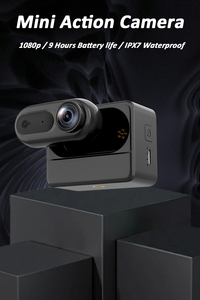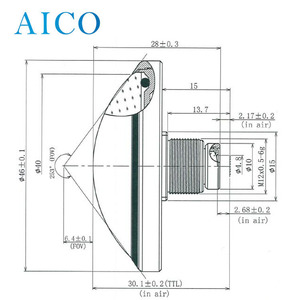Understanding CCD Sensor Size
The CCD sensor size plays a pivotal role in digital imaging, influencing the quality and characteristics of photographs. Charge-Coupled Devices (CCDs) are widely used in cameras and imaging technologies due to their superior light sensitivity. The size of the sensor directly affects pixel density, depth of field, and overall image quality, making it essential for photographers and videographers to grasp this concept.
Types of CCD Sensor Sizes
Different applications require various CCD sensor sizes, each providing unique benefits and adaptability. The most common sizes include:
- Full Frame: Typically measuring 36mm x 24mm, full-frame sensors provide the highest image quality, making them ideal for professional photography.
- APS-C: Slightly smaller at around 22mm x 15mm, APS-C sensors are popular among enthusiasts for their versatile applications and affordability.
- Micro Four Thirds: This format measures approximately 17.3mm x 13mm and is favored for compact systems, offering a good balance between size and performance.
- 1 Inch: Common in high-end compact cameras, these sensors measure about 13.2mm x 8.8mm, delivering impressive quality in a small form factor.
- 1/2.3 Inch: Generally found in smartphones and budget cameras, this smaller size like 6.3mm x 4.7mm is useful for casual photography.
Applications of CCD Sensor Sizes
The applications of CCD sensor sizes are vast and varied, affecting industries and hobbies alike. Here are some notable applications:
- Photography: Different CCD sizes are tailored for various photography styles, from portrait to landscape, ensuring excellent performance in diverse settings.
- Videography: Filmmakers leverage CCD sensors for their ability to operate well in low light, providing smoother and more professional-quality video recordings.
- Scientific Imaging: In research and medicine, large CCD sensors capture high-resolution images for analysis, aiding in fields such as astronomy and microscopy.
- Surveillance Systems: Security cameras use CCD technology, which excels in low-light environments, thus ensuring clarity in crucial monitoring tasks.
- Machine Vision: In manufacturing, CCD sensors assist in quality control processes, enabling precise inspection and automation.
Advantages of Different CCD Sensor Sizes
Understanding the advantages of different CCD sensor sizes can enhance your imaging experience. Here are key benefits associated with various sizes:
- Image Quality: Larger sensors capture more light, resulting in better dynamic range, sharper images, and less noise, especially in low-light conditions.
- Depth of Field Control: Greater sensor sizes allow for more significant depth of field effects, offering creative flexibility crucial for artistic photography.
- Reduced Noise: Bigger sensors typically produce less digital noise, which translates to cleaner images with accurate color representation.
- Wide Angle Compatibility: Larger CCD sensors provide compatibility with a more comprehensive range of wide-angle lenses, enhancing composition and framing options.
- Investment Value: High-quality, larger-sized CCD sensor cameras tend to maintain resale value, making them a wise long-term investment for professionals.















































































































































 Ready to Ship
Ready to Ship

























































































